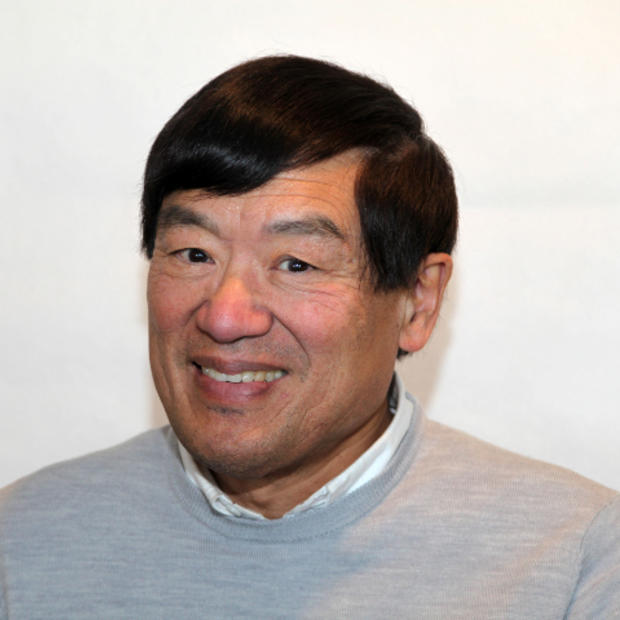A plentiful supply of high-tech jobs, good schools, and overall livability is making Bellevue the magnet for a growing Asian and minority population, according to statistics from the recent census.
“That growth continues an older trend,” said Richard Morrill, University of Washington professor emeritus of geography. “It consists both of newcomers [high immigration] related to Microsoft especially, and families relocating from Seattle. Believe it or not, parts of Bellevue are lower in real housing costs.”
Overall, the increase in the number of minorities on the Eastside, especially Bellevue, has been significant, according to demographers. Data from the 2010 census shows a 28 percent increase in minorities in the past decade. Approximately 40 percent of Bellevue’s population is now minority.
Bellevue’s Asian population makes up 27.6 percent of Bellevue’s residents in 2010, an increase from 17.4 percent in 2000. The growth in Bellevue’s Asian population has been a continuing trend since 1990, according to Bellevue demographer Gwen Rousseau. "The largest population of Asians is Chinese, followed by Asian Indian, Korean, Japanese, Vietnamese and Filipino.”
Bellevue has the highest proportion of Asian residents of Washington’s incorporated cities. By contrast, Asians make up 25.3 percent of Redmond, 24.6 percent of Newcastle, 21.1 percent of Renton, 19.3 percent of Sammamish, 18.9 percent of Tukwila, and 17.4 percent of Issaquah. In Seattle, only 13.8 percent of the city’s population is of Asian descent.
Bellevue’s Asian Indian population has increased the fastest since 1990, Rousseau said.
“Asians have come to Bellevue because of job opportunities and education,” said Bellevue Deputy Mayor Conrad Lee. “Bellevue’s five high schools are ranked among the top in the nation. It’s a good place for families to raise their kids. High-tech industries, like Microsoft, are known for their creative innovation.” Lee believes that the increase in Asian population on the Eastside will continue in the future.
Lee, a native of China, notes the growing multicultural population has placed an increased demand on city resources accessible to minority residents in Chinese, Korean, and other Asian languages. In the affluent Somerset area in Bellevue, more than thirty-eight percent of the population is Asian. The popularity of the Northwest Chinese School reflects the changing demographics of the city. Crossroads residents are sixty-four percent minority.
According to the 2010 city survey, 30 percent of Bellevue’s population was foreign-born. The number of Asian households with children has grown. Young foreign-born, workforce Asian adults aged 25 to 44 years old make up the largest segment — 48 percent — of Bellevue’s Asian population.
Nationally, Hispanics and Asian-American communities constitute the fastest growing segment of the population. Asian Americans, who now make up five percent of the nation’s 309 million people, increased by double digits according to the 2010 census.
Asians are the largest minority group in Bellevue and grew by a greater number than the population of Bellevue as a whole. Immigration has been a significant factor. Sixty-eight percent of Asians work in professional or management jobs in engineering. Technology firms such as Microsoft employ many professionals from India and China.
In 2010, Bellevue’s Asian population was 33,659, up from 19,011 in 2000, an increase of 77 percent. This represented Bellevue’s largest increase and highest rate of growth, Rousseau said. Overall, minority populations in Bellevue grew by nearly 62 percent.
In 2010, minorities comprised 40.8 percent of Bellevue’s population, up from 28.3 percent in 2000, while the non-Hispanic white population declined by 8 percent in the past decade. All minority race and ethnic groups increased except for Native Hawaiians and other Pacific Islanders, who declined by 11.7 percent.
Growth in minority residents in other Eastside communities, such as Redmond and Bothell, also was significant. Redmond’s minority population has doubled in the past decade, while Bothell has grown from 15 percent in 2000 to 25 percent now.
On Feb. 22, Washington state received the 2010 census redistricting data from the U.S. Census Bureau, which includes population counts by race.
This article originally appeared in the International Examiner and is republished with permission.



